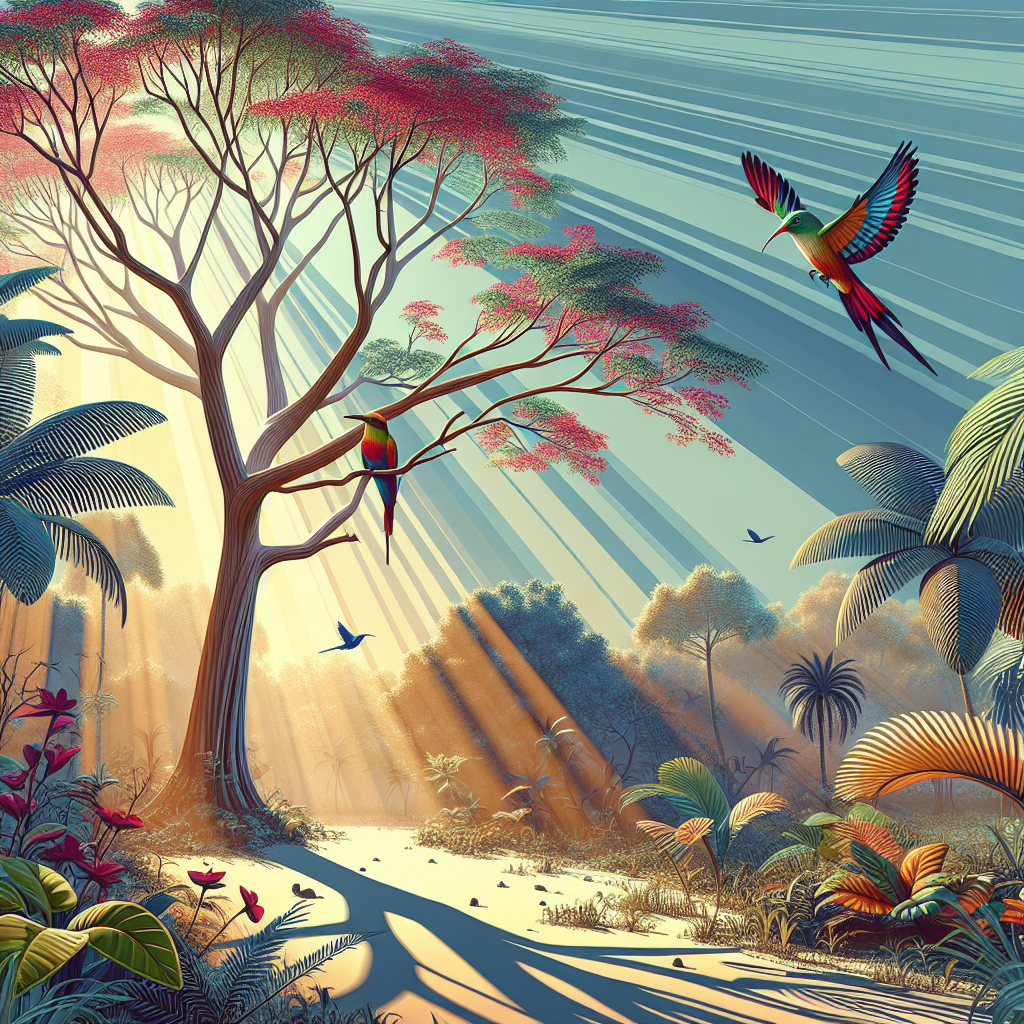The Enigmatic Cuban Dry Forests: A Hidden Gem of Biodiversity
Imagine stepping into a world where the air is filled with the scent of rare orchids, and the ground is a tapestry of unique flora and fauna. This is the Cuban dry forest, a lesser-known but ecologically significant region located primarily in the eastern part of Cuba. These forests are characterized by their semi-arid climate, with distinct wet and dry seasons, and are home to a remarkable array of plant and animal species found nowhere else on Earth. The Cuban dry forests have been around for thousands of years, evolving in isolation and developing a unique ecosystem that is both fragile and fascinating.
The Cuban dry forests are a treasure trove of biodiversity. They host a variety of endemic species, meaning these species are native to this specific region and cannot be found naturally anywhere else. This includes the Cuban solenodon, a small, nocturnal mammal that resembles a shrew, and the Cuban parakeet, a vibrant bird with a striking green plumage. The flora is equally impressive, with numerous species of cacti and succulents that have adapted to the dry conditions. These forests are a living laboratory for scientists studying evolution and adaptation.
However, the Cuban dry forests face significant threats. Deforestation, driven by agriculture and urban development, is a major concern. The expansion of farmland and the construction of infrastructure have led to habitat loss and fragmentation, putting pressure on the delicate ecosystems. Additionally, climate change poses a looming threat, with altered rainfall patterns and increased temperatures potentially disrupting the balance of these forests. Conservation efforts are crucial to preserving this unique environment and the species that call it home.
Efforts to protect the Cuban dry forests are underway, but they require international support and collaboration. Local conservation groups, along with international organizations, are working to establish protected areas and promote sustainable land-use practices. Education and awareness campaigns are also vital, as they help local communities understand the importance of preserving their natural heritage. By involving local populations in conservation efforts, there is a greater chance of success in safeguarding these forests for future generations.
From an opposing viewpoint, some argue that economic development should take precedence over conservation. In a country like Cuba, where economic challenges are prevalent, the need for agricultural expansion and infrastructure development is pressing. Critics of conservation efforts may view them as hindrances to progress and economic growth. However, it is essential to find a balance between development and conservation. Sustainable practices can ensure that economic needs are met without sacrificing the environment.
The Cuban dry forests are a testament to the resilience and beauty of nature. They remind us of the importance of preserving our planet's biodiversity and the delicate balance of ecosystems. As we face global environmental challenges, the Cuban dry forests serve as a poignant example of what is at stake. By working together, we can protect these unique landscapes and ensure that they continue to thrive for generations to come.

